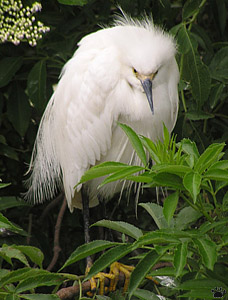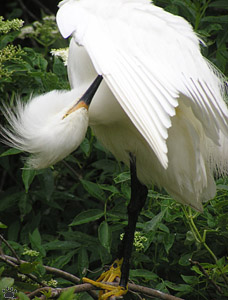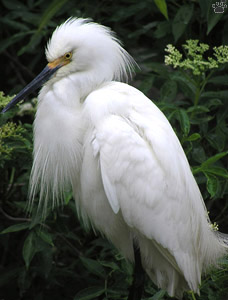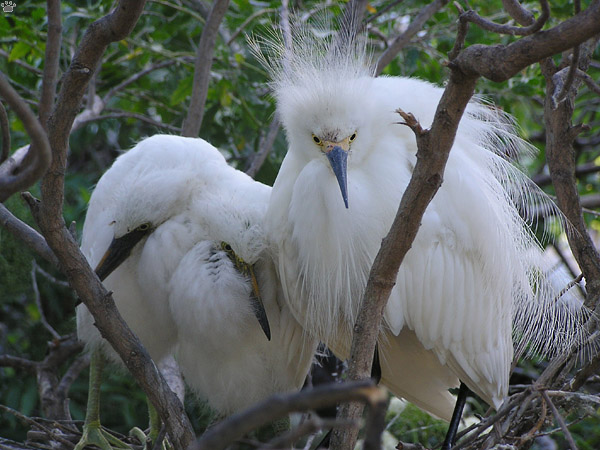
Snowy egret (Egretta thula) with chicks, St. Augustine Alligator Farm Zoological Park. |
Florida, part 10: Herons and egrets
Just two hundred years ago, Florida had one of the world's largest populations of wading birds. Then decorating ladies' hats with feathers became fashionable, and feather hunters wiped out most of egrets and spoonbills. By the time these birds became legally protected, draining of the Everglades was already underway, so their numbers never fully recovered. Still, you can expect to see many hundreds on an average day in the Everglades.
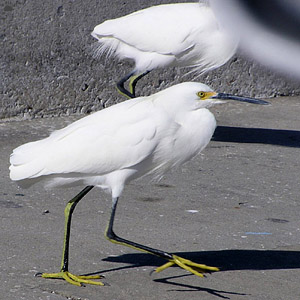
Snowy egrets, Coquina Bay. |
One species that has recovered relatively well from feather hunting is the snowy egret. You can often see them as they wade in the shallows, using their yellow worm-like toes to lure small fish. |
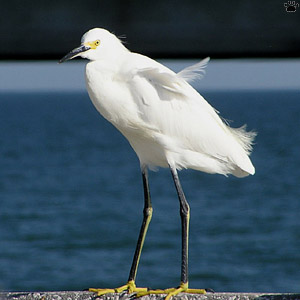
Snowy egret, Little-Big Econ State Forest. |
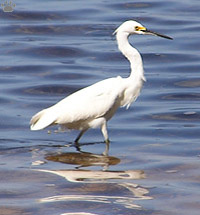
Snowy egret, Upper Tampa Bay County Park. |
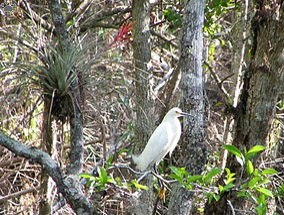
Snowy egret, Fakahatchee Strand Preserve State Park. |
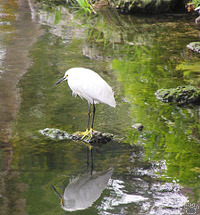
Snowy egret, Coral Gables. |
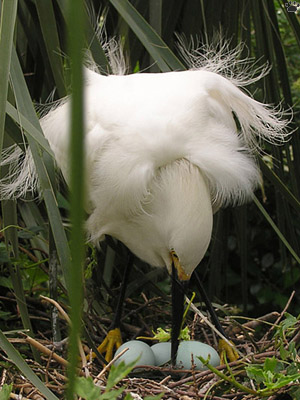
Snowy egret at nest, SAAFZP. |
The reason they were hunted are the egrettes - long, delicate feathers that grow on their backs in time for the breeding season. These feathers are used in beautiful mating displays. Their color differs between species. |

Snowy egret at nest, SAAFZP. |
 |
 |
| Snowy egret on a nest, SAAFZP. |
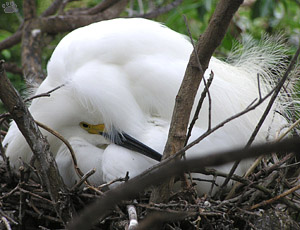
Snowy egret on a nest, SAAFZP. |
After laying, egrettes become useless, but are retained in case something goes wrong and the bird needs a new partner. |
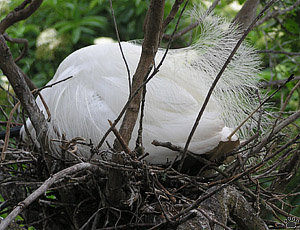
Snowy egret on a nest, SAAFZP. |
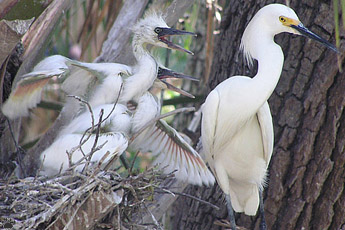 |
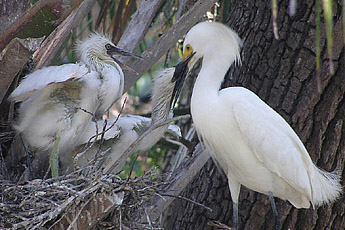 |
| Snowy egret with chicks, SAAFZP. |
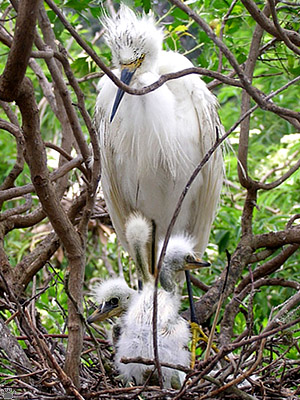
Snowy egret at nest, SAAFZP. |
Numerous egret colonies are scattered throughout Florida. The most accessible one is located on the grounds of St. Augustine Alligator Farm Zoological Park. There you can watch various species of nesting birds from just a few feet away. |
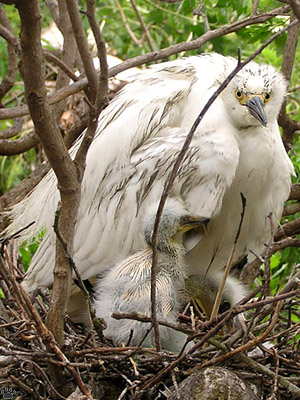
Snowy egret at nest, SAAFZP. |
 |
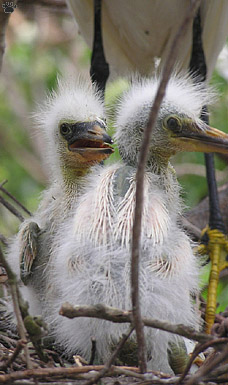 |
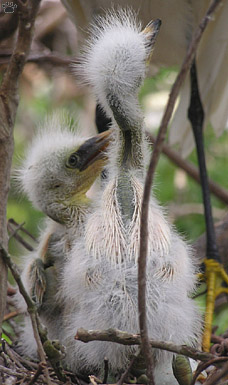 |
| Snowy egret chicks, SAAFZP. |
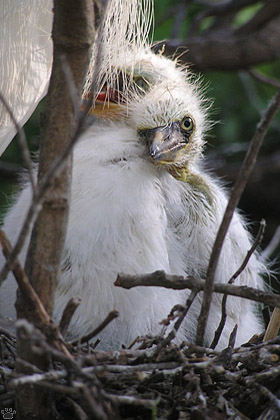
Snowy egret chicks, SAAFZP. |
The best time to visit the colony is April to July, when seven-ten species are nesting at the Park.
|

Snowy egret fledgling, SAAFZP. |
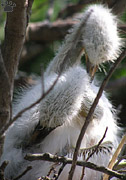
Snowy egret chicks, SAAFZP. |
| You can watch hundreds of nests, some of them within just a few feet from the boardwalk. |
 |
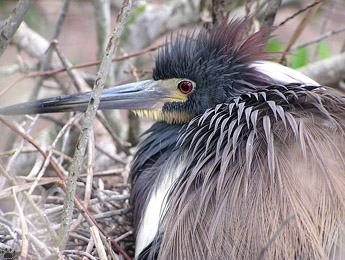 |
| Tricolored herons (E. tricolor) on nests, SAAFZP. |
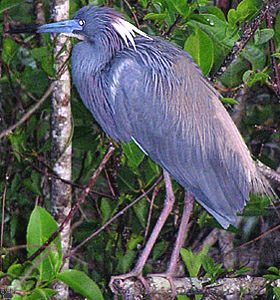
Tricolored heron often hunts at night. DuPuis Reserve State Forest. |
Tricolored heron is the same size as its relative, the snowy egret. It is less ubiquitous, and occurs mostly around swamps and flooded forests. Non-breeding birds also hunt at seashores and shallow lakes. When fishing, they often run, chasing fish, frogs, and insects. |
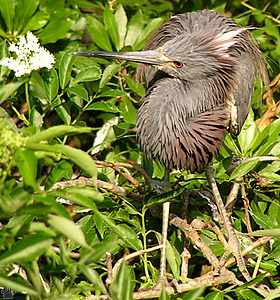
Tricolored heron hunting insects, Lettuce Lake. |
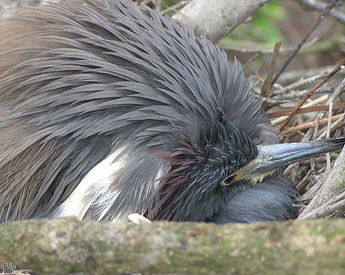 |
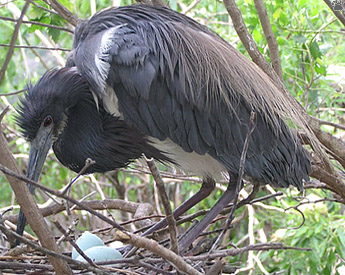 |
| Tricolored heron on a nest, SAAFZP. |
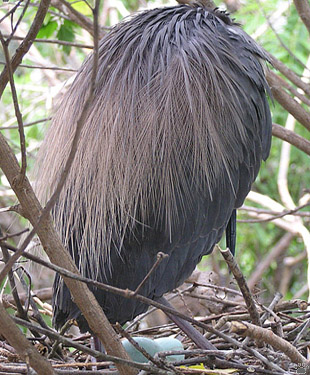
Tricolored heron on a nest, SAAFZP. |
This species has gray and brown egrettes, so it didn't suffer from feather hunting as much as white- colored egrets. It is very common in most parts of Florida. |
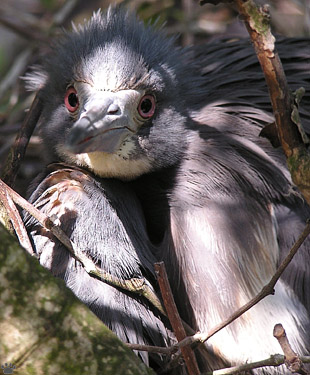
Tricolored heron on a nest, SAAFZP. |
 |
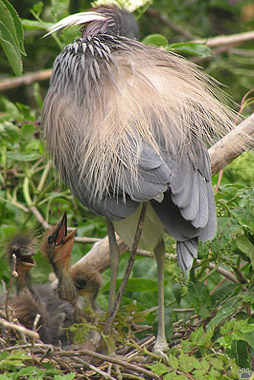 |
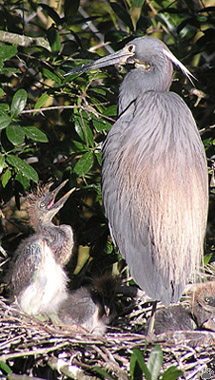 |
| Tricolored herons with chicks, SAAFZP. |
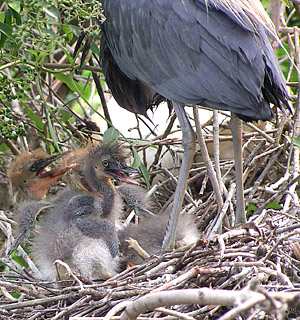
Tricolored heron with chicks, SAAFZP. |
Tricolored herons have some of the funniest chicks among Florida birds. The youngest chicks are fed mostly insects; as they grow, their rations begin to include more fish, frogs, and crustaceans. |
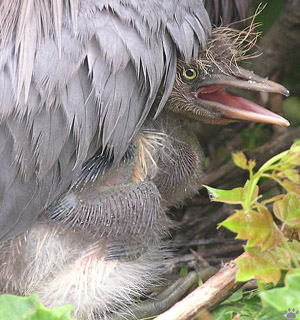
Tricolored heron on a nest, SAAFZP. |
 |
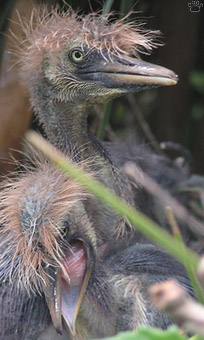 |
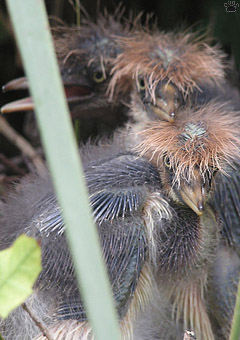 |
| Tricolored heron chicks, SAAFZP. |
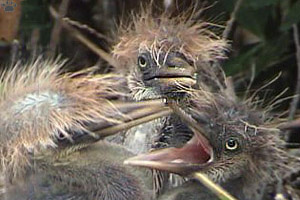
Tricolored heron chicks, SAAFZP. |
Chicks of this species are more noisy and active than snowy egret chicks, but grow a bit more slowly. |
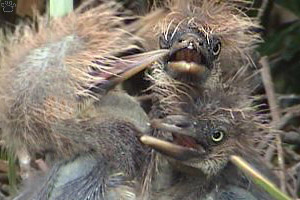
Tricolored heron chicks, SAAFZP. |
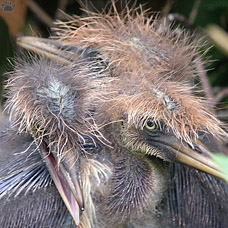 |
 |
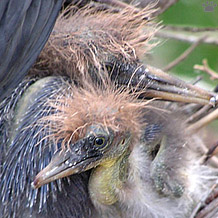 |
| Tricolored heron chicks, SAAFZP. |
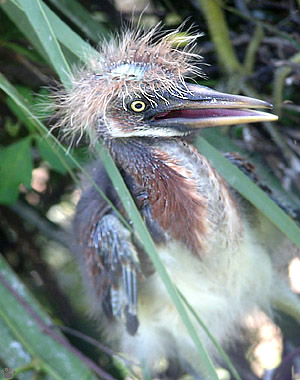
Tricolored heron chick, SAAFZP. |
Tricolored heron usually nests in mixed colonies with the snowy egret and other wading birds. In St. Augustine Alligator Farm Zoo Park, it is usually the second most numerous species. It is very tame at nest, and always fun to watch. |
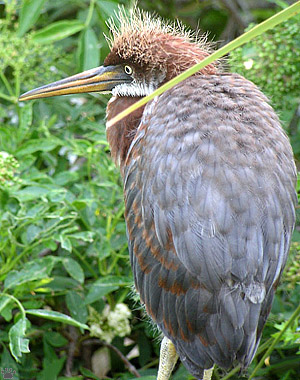
Tricolored heron fledgling, SAAFZP. |
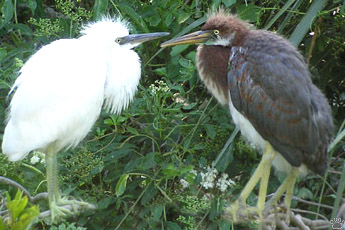
Tricolored heron and snowy egret fledglings, SAAFZP. |
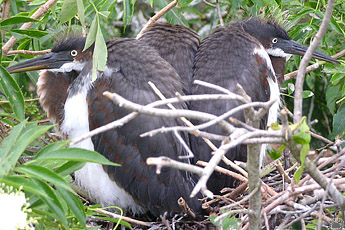
Tricolored heron fledglings, SAAFZP. |

Little blue heron (E. caerulea) with chicks, SAAFZP. |
Little blue heron is also common throughout Florida, although it is rare in St. Augustine. It fishes mostly by stalking. Immature birds are white. |
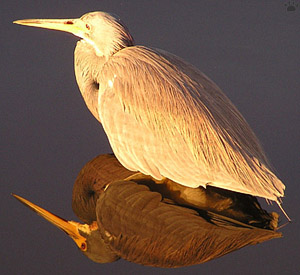
Little blue heron fishing, Tibet-Butler Preserve. |

Little blue heron fishing, Caladesi Island. |
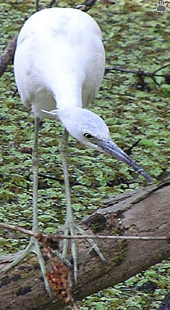
Immature little blue heron, FSPSP. |
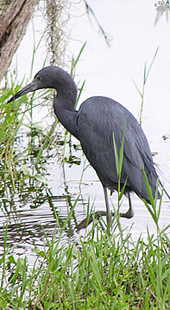
Little blue heron fishing, Cedar Keys. |
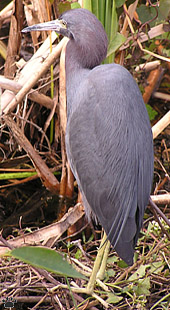
Little blue heron fishing, Boot Key. |

Reddish egret fishing, Cape Canaveral. |
Reddish egret is uncommon in Florida, except in remote coastal areas. It mostly fishes at sea, energetically chasing fish and shrimp.
|
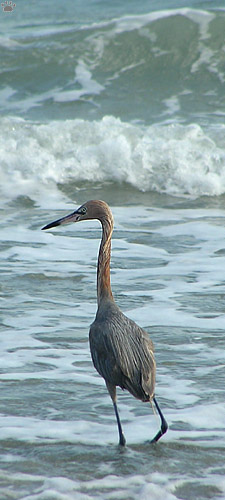
Reddish egret, Cape Canaveral. |
 | 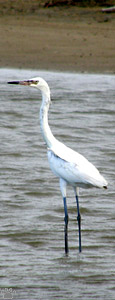 | | Reddish egrets (E. rufescens), Cape Canaveral. | | It has two color phases, but white phase is very rare in Florida. It nests with other wading birds, mostly along the western coast of Florida. |

Snowy egret on a nest, SAAFZP. |
Part 11. Egrets and herons (continued)
Back to Part 9
Home
|

